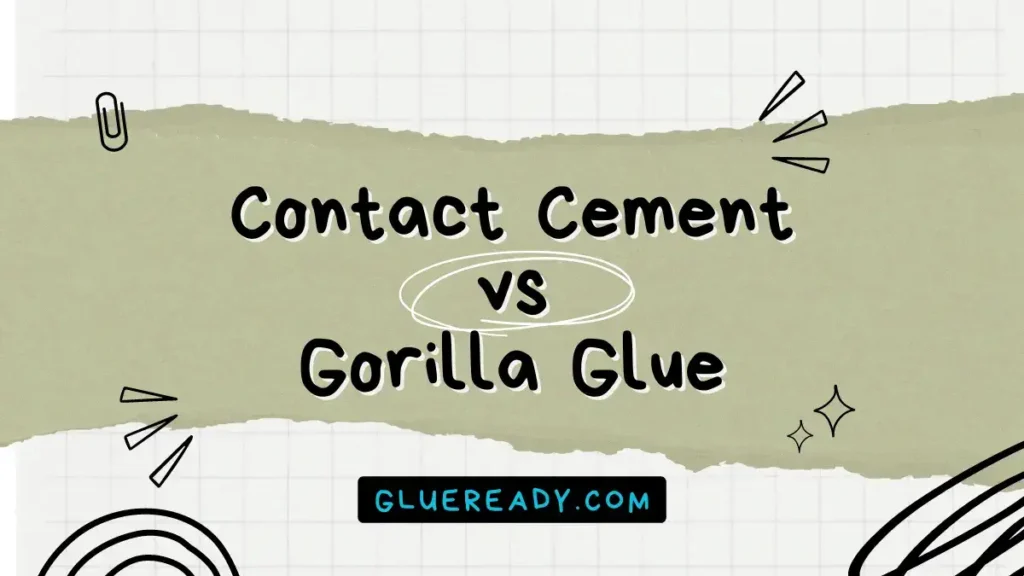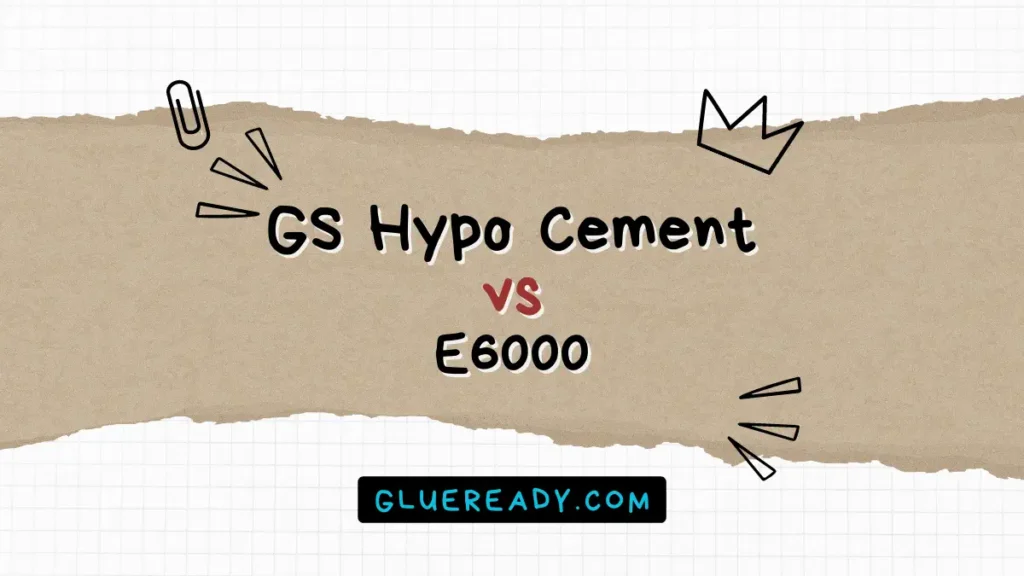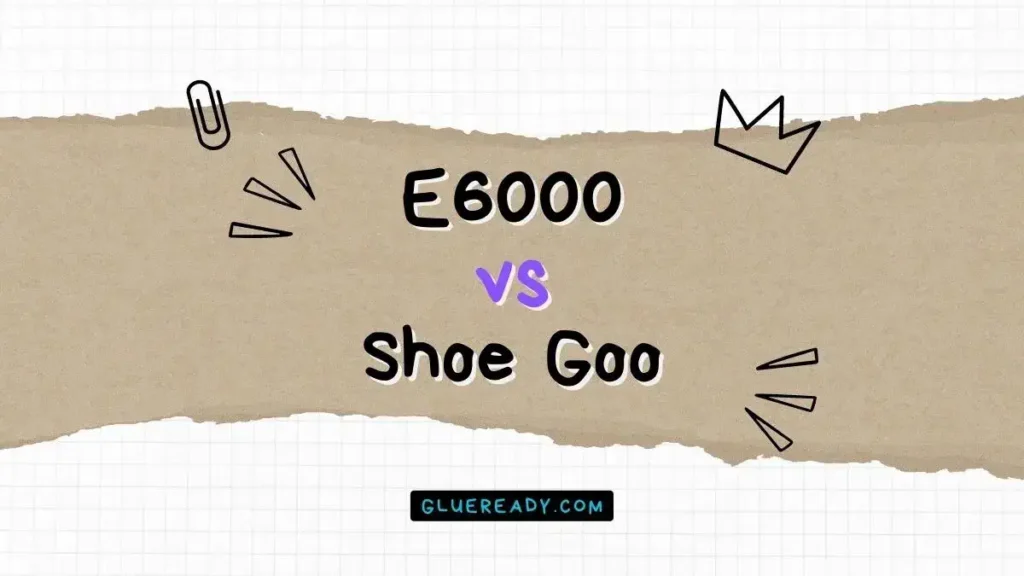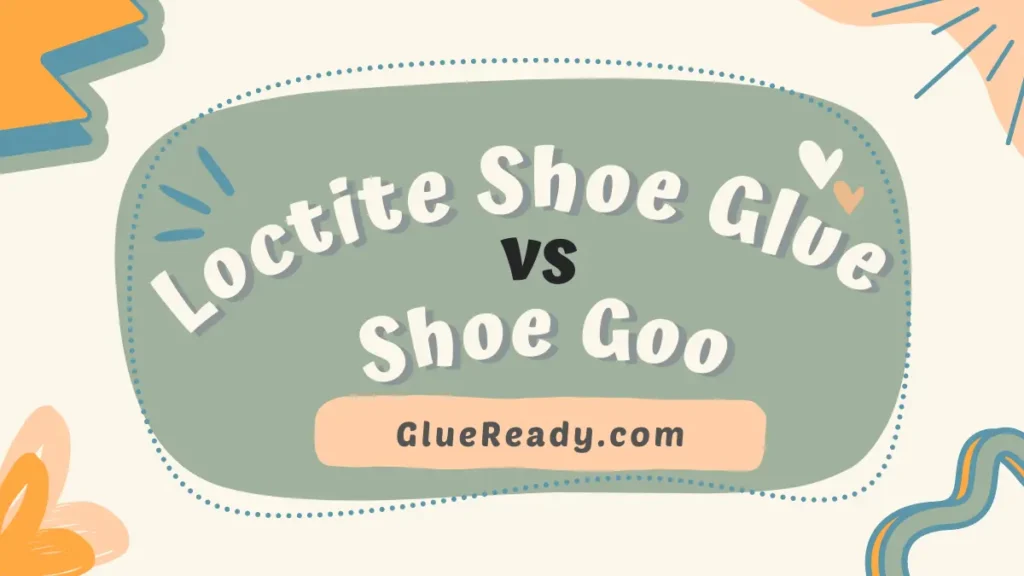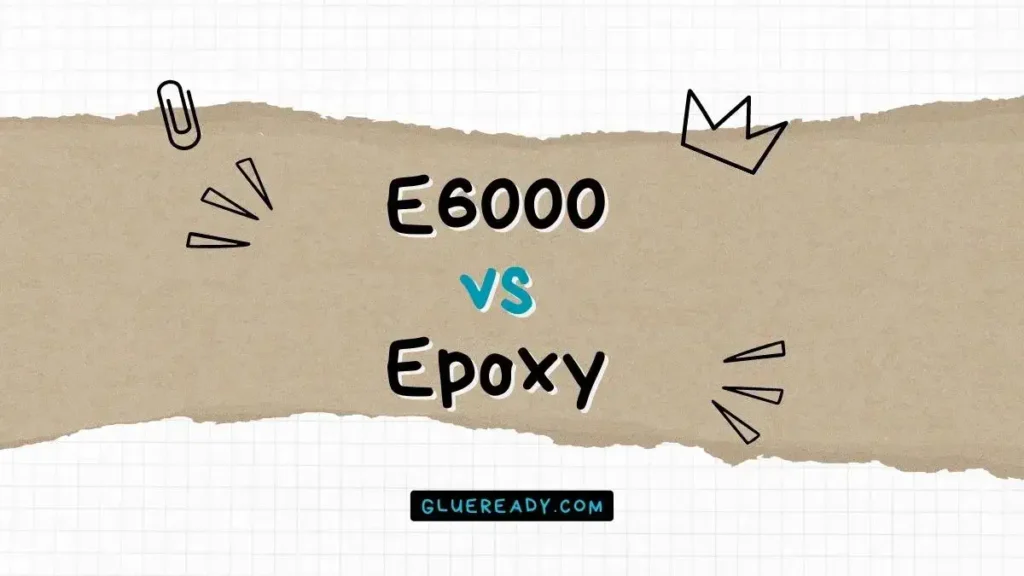Aquaseal vs Shoe Goo | In-Depth Comparison

If you have a pair of shoes that need some fixing, you might be wondering which adhesive to use.
Fortunately, there are products designed to extend the life of our beloved shoes, and two of the most well-known options are Aquaseal and Shoe Goo.
Aquaseal is a urethane adhesive that cures faster and has a wider service temperature range, while Shoe Goo is a rubber cement that cures slower and has a narrower service temperature range.
Here, I will compare and contrast Aquaseal vs Shoe Goo to help you decide which one is more suitable for your shoe repair needs.
Read More: Shoe Goo vs Shoe Goo 2
What is Aquaseal?
Aquaseal, originally developed for repairing wetsuits, has become a popular choice for shoe repair due to its impressive waterproofing and adhesive properties.
This flexible adhesive is specifically designed for sealing seams and repairing holes in various materials, including leather, fabric, rubber, and neoprene.
Its ability to create a watertight seal makes it an excellent choice for outdoor enthusiasts, hikers, and anyone whose shoes might encounter wet or damp conditions.
Aquaseal has a relatively short cure time compared to other adhesives. Aquaseal FD and Cure Accelerator can cure in 2 hours, while Aquaseal NEO can cure in 20 minutes.
However, Aquaseal still requires some preparation before use. You need to clean the surface of the shoe with alcohol or acetone, apply a thin layer of Aquaseal on both sides of the tear or hole, and press them together firmly.
You may also need to use a patch or tape to reinforce the repair.
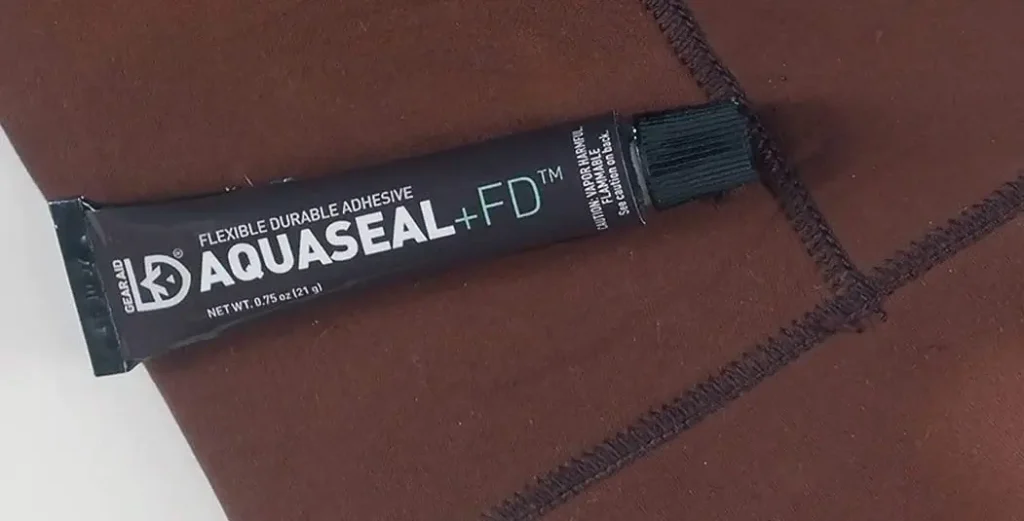
Pros of Aquaseal
- Waterproofing: Aquaseal excels at creating waterproof seals, making it ideal for outdoor footwear or shoes that might get wet.
- Flexibility: It remains flexible even after curing, allowing the repaired area to move naturally with the shoe, reducing the likelihood of cracking or peeling.
- Durable: Once properly applied and cured, Aquaseal creates a strong bond that can withstand a fair amount of stress and wear.
- Versatile: It can be used on a variety of materials, making it a versatile option for repairing different types of shoes.
Cons of Aquaseal
- Appearance: While Aquaseal is clear, it might leave a slightly glossy finish, which could affect the appearance of some shoes.
What is Shoe Goo?
Shoe Goo is a heavy-duty adhesive that’s been a staple in the world of DIY shoe repair for decades.
It’s particularly well-known for its ability to mend worn-out soles and protect shoes from further damage.
While it may not offer the same level of waterproofing as Aquaseal, Shoe Goo makes up for it with its exceptional durability and shock-absorbing qualities.
Shoe Goo has a longer cure time than Aquaseal. It takes 24 to 72 hours for Shoe Goo to cure fully, depending on its thickness and humidity.
However, Shoe Goo does not require much preparation before use. You just need to squeeze out some Shoe Goo from the tube and apply it directly on the damaged area of the shoe.
You may also need to smooth out the excess Shoe Goo with a spatula or a piece of cardboard.
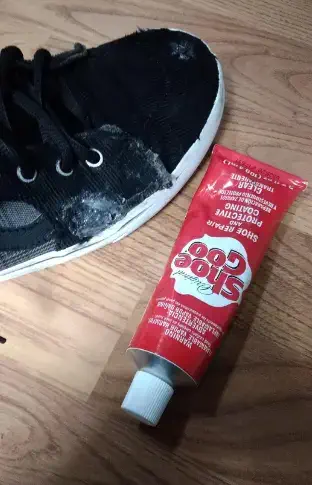
Pros of Shoe Goo
- Durability: Shoe Goo forms a hard, protective layer that can withstand heavy impact and abrasion, making it great for repairing and reinforcing the soles of shoes.
- Impact Absorption: Its thick consistency helps absorb shocks, which is especially beneficial for the soles of athletic or work shoes.
- Versatility: Apart from sole repair, Shoe Goo can also be used to mend other parts of the shoe, such as uppers and seams.
Cons of Shoe Goo
- Limited Waterproofing: While Shoe Goo provides some level of protection against moisture, it’s not as effective at creating a watertight seal as Aquaseal.
- Stiffness: The hardness of Shoe Goo’s cured layer might lead to some loss of flexibility in the repaired area, especially in thinner materials.
Aquaseal vs Shoe Goo Comparison Table
| Feature | Aquaseal | Shoe Goo |
| Appearance | Clear | Clear or black |
| Curing Time | 2 hours (FD and Cure Accelerator) or 20 minutes (NEO) | About 24 to 72 hours |
| Service Temperature | -20°F to 180°F | -40°F to 150°F |
| Waterproof | Yes | No |
| Abrasion Resistant | Yes | No |
| Ideal for | Most fabrics | Leather, rubber, canvas, vinyl |
Read More: Shoe Goo Black vs Clear
Which One Should You Choose? Aquaseal or Shoe Goo?
Both Aquaseal and Shoe Goo have their pros and cons when it comes to shoe repair. Here are some factors that you may want to consider before choosing one over the other:
Cure Time
If you need a quick fix for your shoes, Aquaseal may be a better option than Shoe Goo since it has a shorter cure time.
However, if you do not mind waiting for a few days for your shoes to dry completely, Shoe Goo may work just fine.
Appearance
If you want a clear and invisible repair for your shoes, Aquaseal may be more suitable than Shoe Goo since it has a transparent appearance.
However, if you do not care about the color or visibility of the repair, Shoe Goo may be more convenient since it comes in clear or black colors.
Service Temperature
If you live in an area with extreme temperatures or plan to use your shoes in harsh environments, Aquaseal may be more reliable than Shoe Goo since it has a wider service temperature range.
However, if you live in a moderate climate or use your shoes indoors mostly, Shoe Goo may be sufficient for your needs.
Cost
If you are on a tight budget or want to save some money on shoe repair products, Shoe Goo may be more economical than Aquaseal since it is cheaper and more widely available.
However, if you are willing to spend a bit more or want to invest in a high-quality product, Aquaseal may be worth the extra cost.
Read More: Shoe Goo vs Goop
Frequently Asked Questions (FAQs)
What Is a Good Substitute for Aquaseal?
Some good substitutes for Aquaseal include Shoe Goo, Marine Goop, E6000, and Neoprene Cement. These alternatives have been used successfully for various applications and have similar properties to Aquaseal.
Is Shoe Goo Just Silicone?
No, Shoe Goo is not just silicone. It is a rubber cement consisting of a synthetic rubber compound that is abrasion-resistant, as well as a cleaning/degreasing solvent.
Final Thoughts
Hopefully, this comparison between “Aquaseal vs Shoe Goo” has helped you to understand the differences between them.
Aquaseal and Shoe Goo are both excellent adhesives for repairing shoes. They have many similarities and differences that might influence your choice.
You can try both products and see which one works better for you. Or you can use both products for different purposes and situations.
Either way, you can extend the life of your shoes and save money by using these adhesives.


